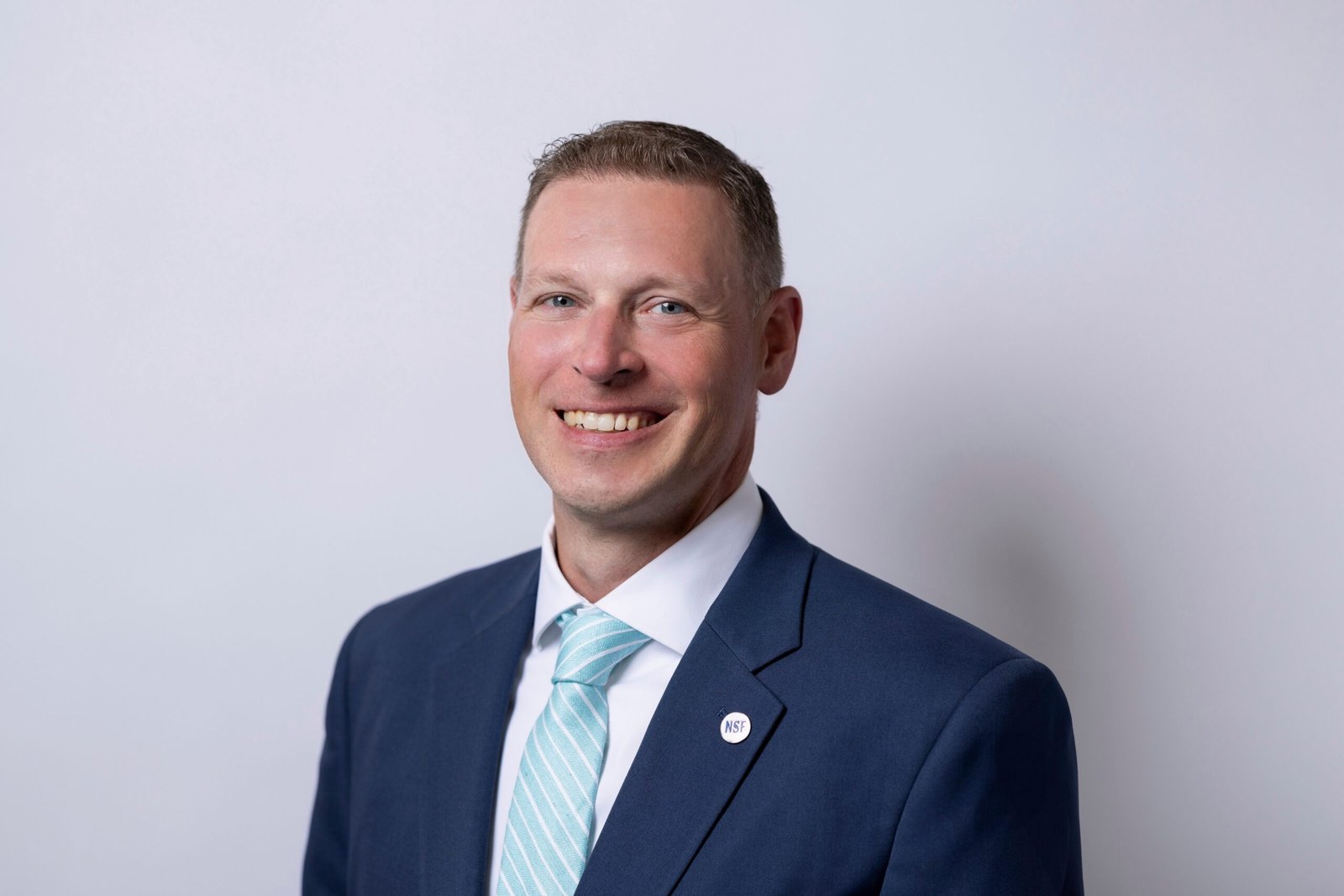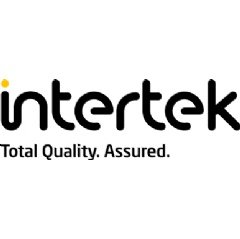Wednesday, 12 November 2025
Defining PFAS-free what certification really means
Sam Cole, Director of Food Contact Evaluation at NSF As global awareness of the health and environmental impacts of PFAS (per- and polyfluoroalkyl substances) continues to rise, industries are facing…

Sam Cole, Director of Food Contact Evaluation at NSF
As global awareness of the health and environmental impacts of PFAS (per- and polyfluoroalkyl substances) continues to rise, industries are facing increasing pressure to eliminate these “forever chemicals” from their products. The NSF Certification Guideline 537 is a groundbreaking standard designed to help manufacturers demonstrate that their products are genuinely PFAS-free. This new certification emerged from industry demand and growing global concern, offering a clear and credible path forward in the fight against PFAS contamination. Sam Cole, the Director of Food Contact Evaluation at NSF, shared his thoughts on this issue.
What prompted NSF to develop Certification Guideline 537, and how does it align with the growing global concerns about PFAS?
NSF Certification Guideline 537: PFAS-Free Products for Nonfood Compounds and Food Equipment Materials was developed in direct response to client feedback and growing concerns surrounding PFAS, or per- and polyfluoroalkyl substances. While these synthetic “forever chemicals” have been used in consumer goods and industrial processes for decades, due to their resistance to degradation, in recent years, scientific research has pointed to significant health risks associated with exposure to PFAS. As a result, PFAS are increasingly being identified as environmental hazards in the global food supply chain.
Meanwhile, we expect to see more government regulations to be introduced regarding PFAS, such as PFAS bans or limits. In response to the rising concerns, industry feedback and upcoming regulations, NSF developed this PFAS-free certification guideline.
How does NSF test and verify that a product is truly PFAS-free? Are there specific detection limits or methodologies used?
Under NSF 537, PFAS-Free means that the product contains no intentionally added PFAS, no post-consumer recycled material, and no deliberately used PFAS additives (such as PPA) and that the Total Organic Fluorine is less than 50 ppm. Some of the key features of the testing and verification process include:
Thorough Formulation Review: Technical review of product ingredients, confirming there are no intentionally added PFAS.
Comprehensive Testing: Ensures minimal to no detected total organic fluorine (TOF) levels with retesting every year.
Rigorous Disclosures: This requirement requires the manufacturer to attest that no PFAS additives or post-consumer recycled material are used in the product and that manufacturing facilities minimize cross-contamination.
What types of industries or products do you anticipate will seek NSF 537 certification first?
To achieve certification, nonfood compound products must first be registered under NSF’s Nonfood Compounds Guidelines or certified by NSF to ISO 21469, Safety of Machinery, Lubricants with Incidental Product Contact-Hygiene Requirements. Food equipment materials must first be certified to NSF/ANSI Standard 51: Food Equipment Materials. In looking at our existing client base, we expect to see more non-food compound products certified. We hope that we will see a strong response to NSF 537, as it will truly allow manufacturers to demonstrate their commitment to credibly eliminating PFAS. As manufacturers begin to request PFAS-free materials, we expect to see more materials suppliers attain the certification.
How do you see this certification impacting regulatory policies or influencing manufacturers to move away from PFAS?
While PFAS regulations vary from country to country and region to region, certification can help manufacturers to protect their products in current markets while also expanding to new ones, such as the US or Europe.
Meanwhile, increasing demand for the certification from buyers and specifiers could significantly drive the industry toward more sustainable operations, ultimately benefiting the food processing, equipment manufacturing and foodservice sectors.
What challenges do manufacturers face when eliminating PFAS from their products, and how does NSF support them in this transition?
Manufacturers face several challenges when eliminating PFAS from products. Within the lubricant industry, PFAS has previously been heavily relied upon to achieve specific performance objectives in products. When removing PFAS, manufacturers must rethink and reengineer products to meet the same performance standards in addition to regulatory requirements. Aside from reformulating products to remove any intentionally added PFAS, these “forever chemicals” are so prevalent in today’s environment that we also see contamination from many other sources. As such, manufacturers must make sure they are sourcing ingredients that do not contain intentionally added PFAS from environmental contamination.
NSF 537 is an evidence-based guideline that is backed by decades of specialist food industry knowledge and standards development. One way that the guideline can support manufacturers in developing PFAS-free products is for them to use the standard requirements as a baseline when sourcing ingredients and materials.
Beyond certification, what additional steps can businesses and consumers take to reduce their exposure to PFAS?
Both businesses and consumers need to stay informed about PFAS, including understanding which products commonly contain them, such as specific food packaging, cleaning products, and non-stick cookware. Minimizing the use of products that may contain higher amounts of PFAS can also help to reduce exposure.
Businesses should take responsibility for the proper disposal of PFAS-containing products to ensure environmental safety and public health.
Support for policies and regulations aimed at reducing PFAS usage is crucial, and businesses should take steps to remain informed as these evolve. Additionally, advocating for legislation that limits or bans PFAS in consumer products can drive broader change and promote healthier alternatives.
Shraddha Warde
shraddha.warde@mmactiv.com
Technology
MENU ORDER AI to launch app aimed at GLP-1 users and health-conscious diners
Nov 10, 2025 | Company News
Harnessing Quantum AI for Greener Minds and Healthier Futures
Nov 10, 2025 | Interaction
Intertek acquires Costa Rican testing business Suplilab
Nov 07, 2025 | Company News
Food Testing
Intertek acquires Costa Rican testing business Suplilab
Nov 07, 2025 | Company News
Thermo Fisher Scientific launches Orbitrap mass detector for food safety testing
Oct 24, 2025 | Company News
ADM advances quality capabilities with opening of new Central Milling Laboratory
Oct 16, 2025 | Company News
More Popular
HEINEKEN opens new brewery in Brazil
Nov 12, 2025 | Beverages
Remilk and Gad Dairies introduce The New Milk in Israel
Nov 12, 2025 | Beverages
Ochre Spirits closes seed round led by Ah! Ventures to build next-gen beverage house
Nov 12, 2025 | Beverages





